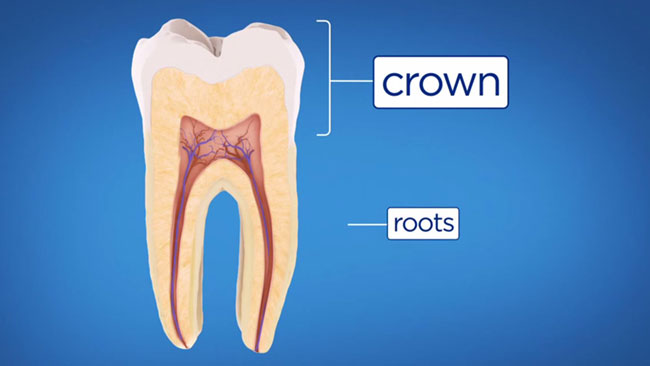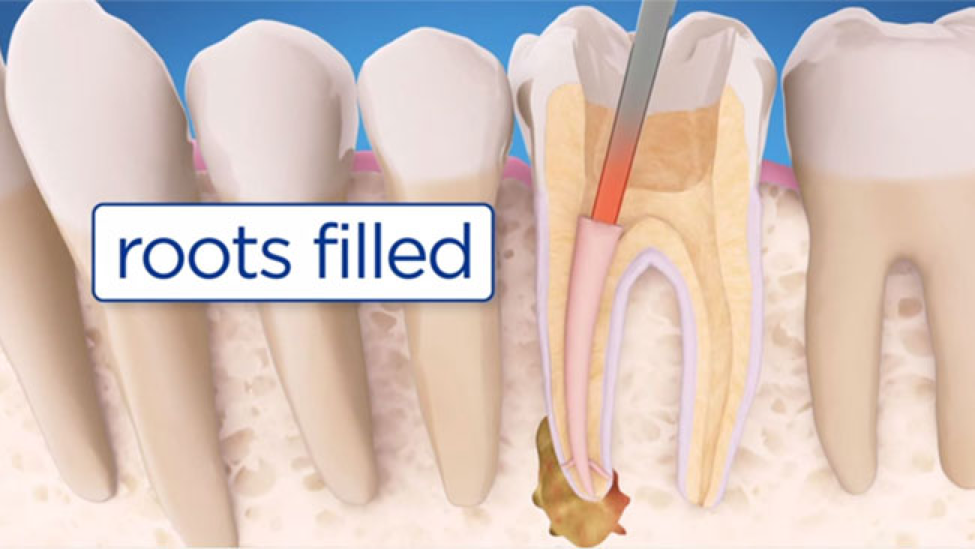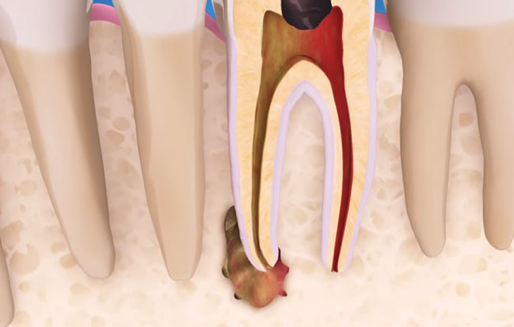New
Pediatric dental specialists now offering a free exam and x-rays PLUS 20% off treatment! Call 832-804-7427 to schedule now
Learn MoreOur board-certified endodontists are experts in the treatment and management of dental problems involving the nerve tissue and blood vessels located inside the tooth. Endodontic or root canal treatment is required to save a tooth if the pulp, which contains nerves, vessels, lymphatic tissue, and fibrous tissue, becomes diseased or injured.
After four years of dental school, our endodontists complete an additional two or more years of specialty postgraduate training at a hospital or university-based program accredited by the American Dental Association (ADA). Learn more about the specialist services offered by Lovett Dental.
Because of their extensive training, our endodontists can perform all aspects of endodontic therapy, including:
Endodontists perform endodontic treatment using cutting-edge technology such as digital imaging, operating microscopes, ultrasonic instrumentation, and fiber optics. Endodontists have an accurate view of the tooth thanks to technology and specialized techniques, allowing them to treat the tooth quickly and comfortably.
You are choosing to keep your natural teeth as a healthy foundation for years to come by choosing to receive treatment from our endodontists.
Please watch the following 2-minute video:
Root canal therapy preserves your natural teeth and eliminates the need for bridges and dental implants. Pulp is located in the center of your tooth. The pulp is a collection of blood vessels and nerves that aid in the formation of the tooth's surrounding structure.
Trauma to the tooth, decay, or chips and cracks can all result in pulp infection. The symptoms of a tooth infection include visible injury or swelling of the tooth, as well as sensitivity to temperature or pain in the tooth and gums.

If you have any of these symptoms, your doctor will most likely advise you to seek non-surgical treatment to remove the diseased pulp. The injured pulp is removed, and the root canal is cleaned and sealed thoroughly. Depending on the treatment required, the therapy may require local anesthesia and may be completed in one or more visits. In this type of treatment, success occurs in approximately 90% of cases.
A tooth that has been treated may fail to heal, or pain may persist. The pain may appear months or years after treatment. If this is the case, endodontic retreatment may be required.
Endodontic retreatment may be required for a variety of reasons, including:
Your endodontist will reopen the tooth to gain access to the root canal filling material during retreatment. To gain access to the root canal, this restorative material will be removed.
The endodontist will thoroughly clean your canals and examine the inside of the problematic tooth. After cleaning the canals, the doctor will fill and seal them and place a temporary filling in the tooth.

In the Greater Houston Metropolitan Area, Beaumont, and Corpus Christi, TX, our endodontists provide high-quality root canal therapy.
Make an appointment with our endodontists by contacting Lovett Dental.
You should see your general dentist as soon as possible to have a new crown or restoration placed on the tooth to restore full functionality.
Cracked teeth can cause a variety of symptoms, including chewing pain, temperature sensitivities, and even biting pressure release. It is also common for pain to come and go, making it difficult to pinpoint the source of the discomfort.
Chewing may cause minor movement of the cracked pieces of your tooth, as well as irritation of the pulp within the tooth. When biting pressure is released, the crack can quickly close, causing sharp pain.
The pulp will eventually be damaged, and your tooth will hurt even when you are not chewing. Cracks may cause infection of the pulp tissue, which can spread to the bone and gums surrounding the problematic tooth.
A fracture can occur when a cusp becomes weakened. A dentist may break off or remove the cusp. Because a fractured cusp rarely damages the pulp, root canals are rarely required. A dental crown in Houston is typically used to restore the tooth.
This type of crack begins on the tooth's chewing surface and progresses vertically toward the root. The crack may extend below the gum line in some cases. The crack may spread deeper into the root. The pulp is frequently damaged.
Root canals are usually required in this situation. If a cracked tooth is not treated, it will worsen and eventually lead to tooth loss. As a result, early detection is critical.
A split tooth is typically caused by an untreated cracked tooth. As a result, this type of tooth can never be preserved in its entirety. However, the location and severity of the problem will determine whether any portion of the tooth can be saved. Endodontic retreatment by an endodontist and restoration by your general dentist can sometimes save a portion of the tooth.
A vertical root fracture starts at the root and extends to the tooth's chewing surface. Unfortunately, it may exhibit only minor symptoms and thus go unnoticed. Endodontic surgery is used to save a portion of the tooth if the fractured root can be removed.
Root canals are usually required to save teeth with injured pulp from extraction. This non-surgical procedure may not always be enough to heal the tooth, and your endodontist may recommend surgery.

Endodontic surgery can be used to locate fractures or hidden canals that do not show up on X-rays but cause tooth pain. This procedure can also be used to treat damaged root surfaces or surrounding bone. An apicoectomy, also known as root-end resection, is the most common procedure used to save damaged teeth.
An incision is made in the gum tissue to expose the bone and inflamed tissue surrounding it. The damaged tissue is then removed, along with a small portion of the root tip.
To prevent reinfection of the root, a root-end filling is placed, and the gum is sutured. Over a period of months, the bone heals naturally around the root to restore full function.
Lovett Dental provides emergency dental services if you have suffered a traumatic injury.

Mouth injuries can cause teeth to be pushed back into their sockets. Your tooth may be repositioned and stabilized by your endodontist or general dentist.
Root canal therapy is usually initiated within a few weeks of the injury. A medication will be inserted into the tooth. A permanent root canal filling will eventually be installed.
A tooth may occasionally be pushed partially out of its socket. The tooth may be repositioned and stabilized by your endodontist. If the pulp remains healthy, no further treatment is required. However, root canal treatment will be required if the pulp becomes damaged or infected.
When an injury causes a tooth to be completely knocked out of your mouth, you must seek treatment immediately! If this occurs to you, keep the tooth moist. Replace it in the socket if possible.
If a tooth is kept moist, it can be saved. You can even soak the tooth in milk or water (add a pinch of salt).
Depending on the stage of root development, your endodontist may begin root canal treatment. The amount of time the tooth was out of your mouth and how it was stored in the interim may have an impact on the type of treatment you receive.
Immature teeth that have been injured may require one of the following procedures to improve their chances of survival.
As the pulp heals, this encourages the root to continue growing. To promote growth, medication is applied to soft tissue. As the child grows older, the root's tip (apex) will continue to close. As a result, the walls of the root canal thicken. If the pulp heals, no further treatment is required. The more mature the root becomes, the more likely it is that the tooth can be saved.
The undesirable pulp is removed. The endodontist inserts medication into the root to aid in the formation of hard tissue near the root tip. This hardened tissue acts as a barrier between the root canal filling and the surrounding tissue. The root canal walls will not continue to develop at this point, making the tooth susceptible to fractures, so it is worthwhile to have the tooth properly restored by a dentist.
To schedule an appointment in the Greater Houston Metropolitan Area, Beaumont, or Corpus Christi, call 832-804-7427.

Lovett, Splendid & Haven Dentistry
Dental Offices in TX